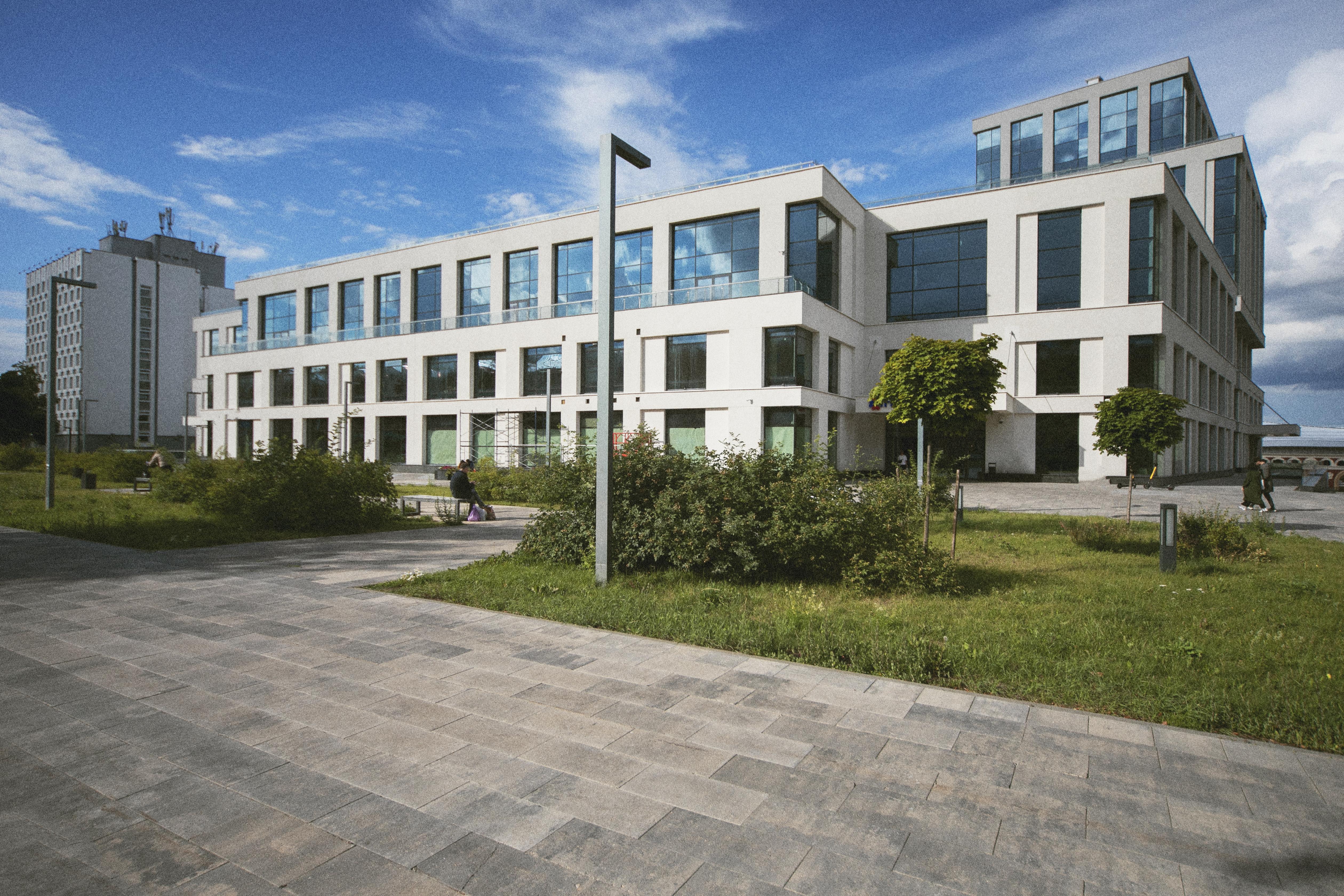What is a Prefab School?
Prefab schools are educational buildings created using modular construction techniques. These structures include classrooms, staff rooms, labs, libraries, and sanitation units—all designed to support a productive and comfortable learning environment. Prefabricated components make the process significantly faster than traditional construction, with reduced labor costs and minimal site disruption.
Key Features
- Quick Installation: Prefab schools can be set up in a matter of weeks, making them ideal for emergency or time-sensitive educational needs.
- Modular Design: Classrooms and other units can be added or modified easily to accommodate growing student populations.
- Durable and Safe: Built with LGSF or similar materials, these schools are resistant to fire, corrosion, pests, and extreme weather.
- Eco-Friendly Construction: Uses recyclable materials and creates minimal site waste.
- Comfortable Interiors: Can include proper ventilation, thermal insulation, natural lighting, and acoustic treatments.
Applications
- Government School Projects
- Temporary Learning Centers (in disaster-hit or underdeveloped areas)
- Rural and Remote Area Schools
- Private and International Institutions
- Expansion of Existing Schools
Benefits of Prefab Schools
- Speed: Significantly reduced construction time compared to conventional methods.
- Cost-Efficient: Lower overall cost due to reduced labor, materials, and time.
- Scalability: Easily expandable to meet increasing student capacity.
- Quality Assurance: Built in factory-controlled settings, ensuring consistency and high quality.
- Mobility: In some cases, units can be dismantled and relocated if needed.
